Introduction
Access groups are a fundamental concept in the realm of computer security and data management. They play a crucial role in determining who can access specific resources within a system and what level of access they have. In this article, we will delve into the intricacies of access groups, exploring their structure, importance, and best practices for implementation.
What are Access Groups?
Access groups, also known as security groups or permission groups, are collections of users who are granted specific permissions to access resources within a system. These permissions can include read, write, execute, delete, and various other actions depending on the organization’s security policies.
Types of Access Groups
There are two main types of access groups: local and global. Local access groups are specific to a particular system or application, while global access groups are defined at the organization-wide level and can be applied across multiple systems.
Role-Based Access Control
Role-based access control (RBAC) is a common approach to managing access groups. In RBAC, users are assigned roles that determine their access rights based on their job responsibilities. This simplifies access management and ensures that users only have access to the resources they need to perform their duties.
Structure of Access Groups
Access groups are typically organized hierarchically, with different levels of access granted at each level. At the top of the hierarchy are superuser or administrator groups, which have full access to all resources within a system. Below them are groups with more limited access, such as departmental or project-specific groups.
Permissions and Access Control Lists
Access groups are defined by access control lists (ACLs), which specify the permissions granted to each group. These permissions can be set at the individual user level or applied to an entire group. ACLs can also be used to restrict access to certain resources based on criteria such as time of day or location.
Inheritance and Group Nesting
Access groups can inherit permissions from parent groups, simplifying the management of access rights. Group nesting allows groups to be nested within one another, creating a hierarchy of permissions that can be easily managed and updated.
Importance of Access Groups
Access groups are essential for maintaining the security and integrity of a system. By controlling who can access resources and what actions they can perform
- How much is the access group worth?
The Access Group’s latest valuation is reported to be £1 b. - Is Access Group A federal loan?
Access Group offers general federal loans, as well as private loans that specialize in law, dental, medical and health science studies. - How many employees does the access group have?
Founded in 1991, The Access Group employs more than 3,850 staff. - What is Access Group in PEGA?
An access group identifies the types of cases that members of the group can create and process. To identify the case types that members can create, you identify one or more work pools for the access group on the Advanced tab of the access group record. - Is firstmark the same as Nelnet?
Firstmark Services is a student loan servicer and a division of Nelnet, which is a company that manages federal student loans. Unlike Nelnet, Firstmark services only private student loans. - What software company makes access?
Access Software was acquired by Microsoft in April 1999, transitioning in name twice before being acquired by Take-Two Interactive in October 2004, receiving the name Indie Built. - How many customers does Access Group have?
Over the past four years, we’ve gone from almost 1,000 to 3,850 people and from 4,000 to over 47,000 customers. - What is Access Group and Access roles and difference between them?
An access group is associated with a user through the Operator ID record. The Access Group determines the Access Roles the users in the Access Group hold, the aggregate of which are the actions those users are authorized to perform. - What is worklist and Workbasket in Pega?
A workbasket is a queue of open assignments. … Items in a workbasket can be processed in one of the following ways: Manually — Qualified users can remove an assignment from the workbasket to work on it or transfer an assignment to another user’s worklist. - What is access roles in Pega?
What is an Access role? It defines a role in an organization and provides the capabilities for that role. Providing capabilities mean, you can provide or restrict access to certain class instances. - Is Nelnet and Navient the same?
Federal student loan servicers, such as Nelnet and Navient Corp., are companies that collect payments, respond to customer service inquiries and perform other administrative tasks on behalf of the U.S. Department of Education.
